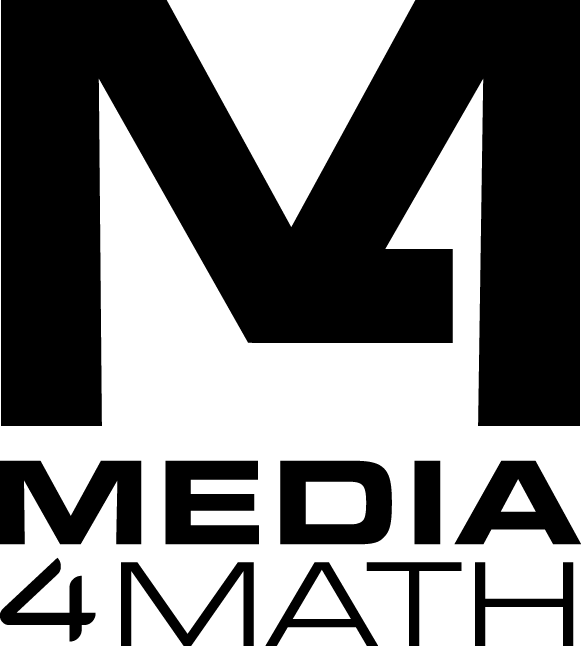 Lesson Plan: Equivalent Fractions
Lesson Plan: Equivalent Fractions
Lesson Objectives
- Understand the concept of equivalent fractions
- Represent equivalent fractions using various models
- Explain why fractions are equivalent
TEKS Standards
- 3.3(F) Represent equivalent fractions
- 3.3(G) Explain equivalent fractions
Prerequisite Skills
- Understanding fractions and terminology
- Ability to model fractions visually
Key Vocabulary
- Equivalent fractions
Warm-up Activity (5 minutes)
Introduce visual models for fractions and a brief introduction to equivalent fractions using this resource:
https://www.media4math.com/library/43531/asset-preview
Teach (15 minutes)
Define Equivalent Fractions
Use this slideshow to review fraction definitions. This also includes a definition for the term equivalent fraction:
https://www.media4math.com/library/slideshow/fraction-definitions
Follow up with this video definition of an equivalent fraction:
https://www.media4math.com/library/74765/asset-preview
Explain that equivalent fractions are different ways of representing the same value or amount. They may have different numerators and denominators, but they represent the same portion of a whole.
Use this slideshow to explain equivalent fractions in more detail:
https://www.media4math.com/library/slideshow/equivalent-fractions
Identifying Equivalent Fractions
Use this resource to demonstrate how to tell if two fractions are equivalent:
https://www.media4math.com/library/43530/asset-preview
Use this resource to demonstrate equivalent fractions on a number line:
https://www.media4math.com/library/43532/asset-preview
Procedures for Generating Equivalents
Introduce the concept of multiplying or dividing the numerator and denominator by the same non-zero number to generate equivalent fractions, using examples from Media4Math and Education.com. Provide examples and have students practice generating equivalent fractions using this method.
Use this slideshow to show examples of generating equivalent fractions:
https://www.media4math.com/library/slideshow/examples-generating-equivalent-fractions
Review (5 minutes)
Introduce this math game to review equivalent fractions:
https://www.media4math.com/library/4845/asset-preview
Review equivalent fractions with this worksheet:
https://www.media4math.com/library/37046/asset-preview
Assess (10 minutes)
Distribute a 10-question quiz (see below) for students to complete independently. This will assess their understanding of recognizing and generating equivalent fractions.
Quiz
- Which fraction is equivalent to 3/6?
a) 1/2
b) 2/3
c) 1/3
d) 2/4 - Generate an equivalent fraction for 5/10.
- Are 4/8 and 3/6 equivalent fractions? Explain your reasoning using a visual model.
- Write two equivalent fractions for 1/4.
- Which fraction is not equivalent to 2/3?
a) 4/6
b) 6/9
c) 8/12
d) 5/7 - Generate an equivalent fraction for 7/14 by multiplying the numerator and denominator by the same number.
- Represent the equivalent fractions 3/6 and 1/2 using visual models.
- Explain why 6/12 and 1/2 are equivalent fractions.
- Which pair of fractions is not equivalent?
a) 2/4 and 1/2
b) 3/9 and 1/3
c) 5/10 and 1/2
d) 4/8 and 2/4
e) All fraction pairs are equivalent. - Generate an equivalent fraction for 3/9 by dividing the numerator and denominator by the same number.
Answers
- a) 1/2
- Accept any fraction that simplifies to 1/2.
- Yes, they are equivalent fractions because 4/8 and 3/6 represent the same portion of a whole.
- Accept any pair of fractions that simplify to 1/4.
- c and d.
- Accept any fraction that simplifies to 1/2.
- Check student's work.
- Both fractions in simplest form are 1/2.
- e.
- Accept any fraction that simplifies to 1/3.
![]() Purchase the lesson plan bundle. Click here.
Purchase the lesson plan bundle. Click here.